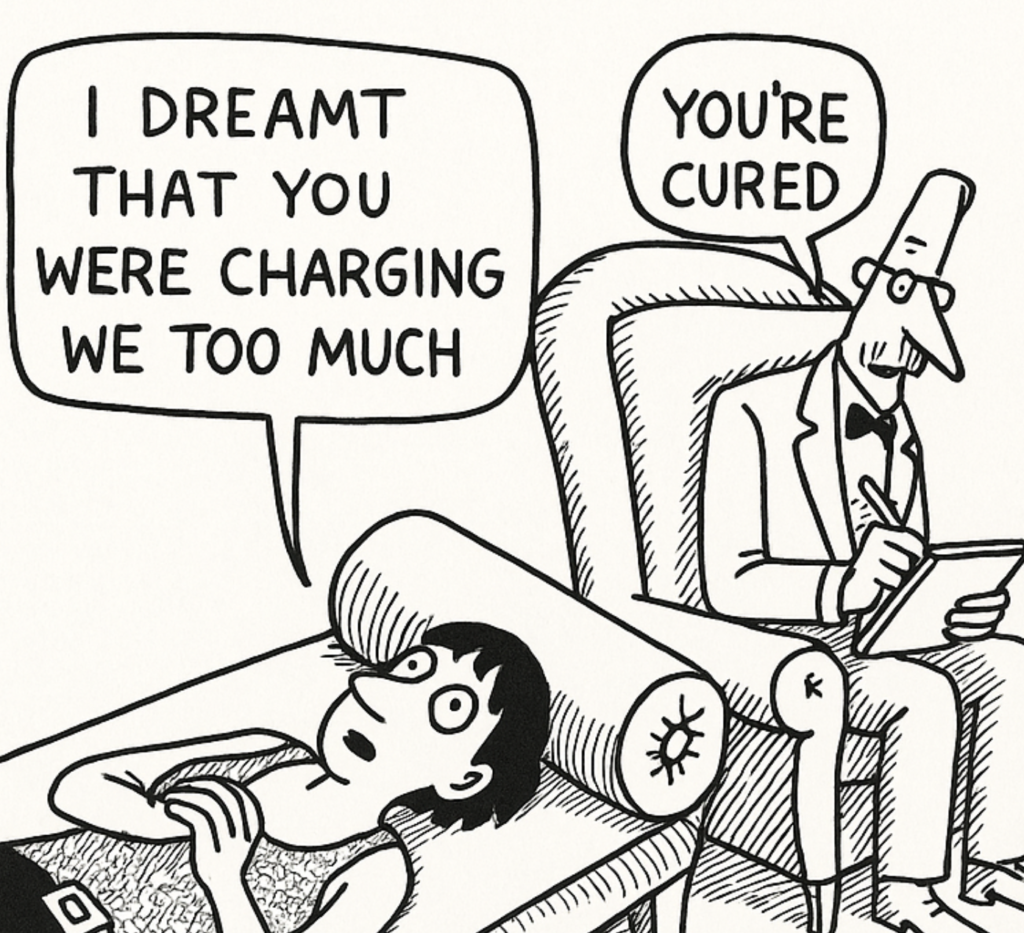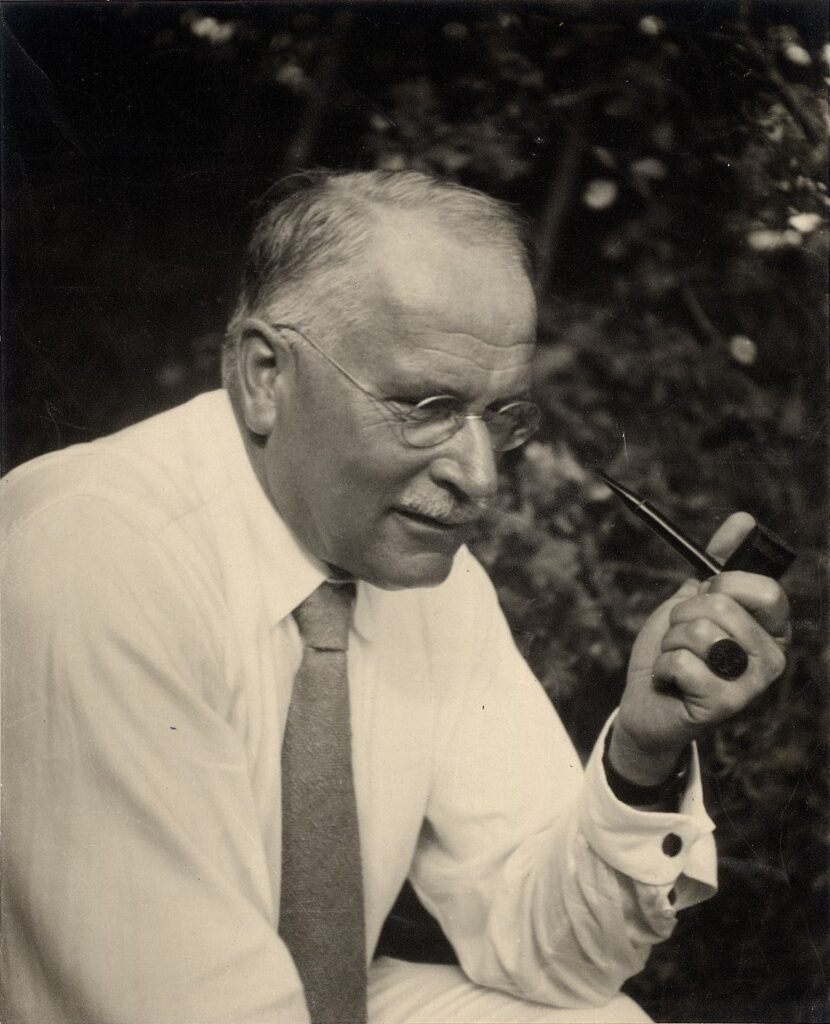
People Without Inner Speech: Are They Less Smart?
For most of my life, I assumed the answer to that was obviously yes. Growing up as an only child — before my younger brother
What does it mean to be conscious? Is it simply being awake, able to think and feel? We assume we’re conscious—and that our pets, like dogs and cats, are too. But how do we know? Can we really measure consciousness, or even define it clearly? For something so central to our lives, it remains one of the greatest mysteries of existence.

For most of my life, I assumed the answer to that was obviously yes. Growing up as an only child — before my younger brother

Recently, while drinking beer with my friends, we started talking about how one of our acquaintances knows what he’s doing is wrong, but completely and

The more I observe my five-year-old brother, the more concerned I become. Like many kids his age, he’s increasingly drawn to screens — particularly his

Have you ever stopped and asked yourself, “Am I truly making my own choices?” Or have you simply been following the path laid out for you — school, job, bills, sleep, repeat — without even realizing it?
Carl Gustav Jung was one of psychology’s most pioneering and influential thinkers. A contemporary of Freud, Jung broke away to form his own theories, placing greater emphasis on the unconscious as a source of guidance and meaning, rather than merely repression. He introduced the concepts of the personal unconscious and the collective unconscious—a universal psychic layer shared among all humans, containing archetypes and inherited symbols. Jung believed that by engaging with this deeper layer of the mind, individuals could achieve greater self-understanding and inner balance.


A key part of Jung’s work involved the interpretation of dreams. Unlike Freud, who saw dreams primarily as expressions of repressed desires, Jung viewed them as meaningful communications from the unconscious, rich with symbolic content. He believed dreams could offer insight into emotional conflicts, highlight neglected aspects of the self, and even point toward healing. In Jungian analysis, the dream is a dialogue between the conscious and unconscious, often attempting to restore psychological equilibrium. The recurring figures and themes in dreams—like the Shadow, the Anima/Animus, or the Wise Old Man—are archetypes that speak to universal experiences across cultures and histories.

There are dreams that vanish with the morning light — and then there are the ones that stay. The ones that leave you waking with

Not long ago, while listening to an audiobook, I came across a fascinating idea: Women might be genetically or chemically wired to be more emotional,

Have you ever watched a couple finish each other’s sentences, laugh in the same way, or start using the same slang like they’ve downloaded each

Since the beginning of humanity, belonging to a group wasn’t just nice — it was necessary for survival. Early humans depended on their tribes for

Studies suggest around 30–40% of unmarried relationships and 18–20% of marriages see at least one incident of sexual infidelity. This is mind-blowing. As a woman,

One of the most important things our thinking mind does is try to make sense of the world by building a personal map of what

Ever tried to write a message you really wanted someone to believe? Maybe you were faking a note to your PE teacher pretending to be

The human brain is an incredibly powerful tool—but it doesn’t always work the way we expect. Our thoughts, behaviors, and emotions are influenced by more

How music affects the brain goes far beyond simple enjoyment—it has a deep influence on emotions, memory, and overall well-being. Whether it’s a nostalgic song

Read People Like a Book: A Deep Dive into Patrick King’s Masterpiece Introduction to Read People Like a Book In a world driven by social

Have you ever met someone who showered you with affection, compliments, and gifts right away? Did they make you feel like you were the most

I’ll be honest—I’ve never actually used a virtual reality (VR) headset. But ever since my younger brother started asking for those high-tech VR glasses, I

We’ve all been there—you find yourself telling a little white lie without even thinking about it. Maybe you told a friend their new haircut looked

Grief is a deeply personal journey, and no one experiences it the same way. The five stages of grief: denial, anger, bargaining, depression, and acceptance, were introduced by Elisabeth

The dual process theory, developed by Daniel Kahneman, offers a fascinating perspective on academic and everyday thinking. It explains why people often make errors in

Our everyday life is often guided by subconscious influences —unconscious patterns and signals that often go unnoticed. Have you ever realized how a word, gesture,